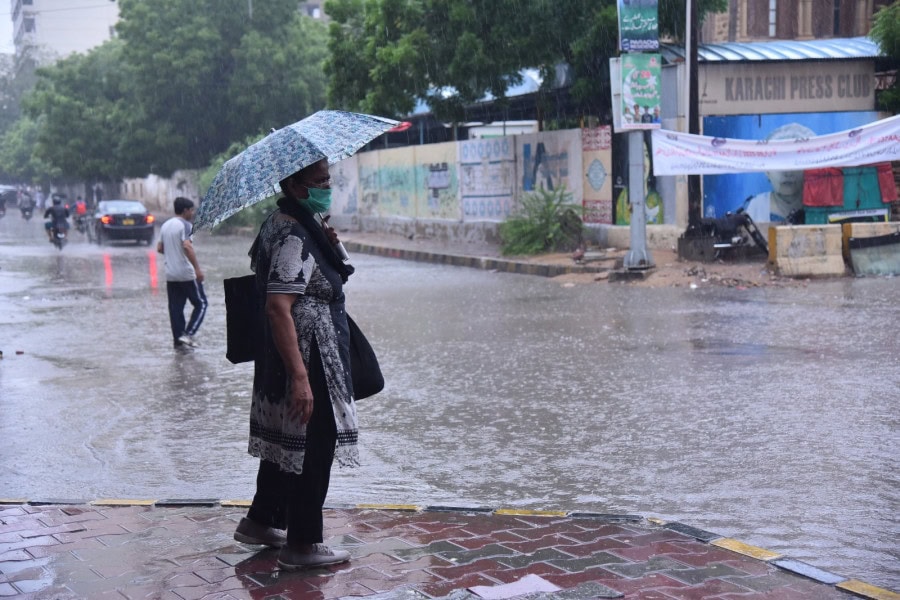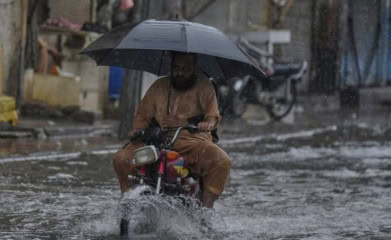ISLAMABAD – Near-normal to slightly above-normal rains and above-normal temperatures are likely in Pakistan in July 2025.
Last month, Pakistan received near-normal rainfall. The monsoon started last week, bringing a widespread rainfall spell, particularly over the northern and eastern regions, i.e. Punjab and Sindh, where above normal rainfall was recorded.
A few isolated heavy downpours and incidents of flash and urban flooding were also reported. Below normal rainfall was recorded in Gilgit-Baltistan, Khyber Pakhtunkhwa and Balochistan. Additionally, above-normal temperatures prevailed nationwide, with the most significant departures observed over Gilgit-Baltistan and Khyber Pakhtunkhwa.
Rainfall Outlook for July 2025:
The prevailing neutral phase of the El Niño Southern Oscillation (ENSO) is expected to persist, alongside a neutral phase of the Indian Ocean Dipole (IOD).
Based on this analysis, overall, a tendency for near-normal to slightly above-normal rainfall is anticipated across the country. Northern Punjab, Kashmir, southern Khyber Pakhtunkhwa, and northern and southwestern Balochistan are likely to receive above normal rainfall, whereas Sindh and the adjoining areas of Punjab and Balochistan, as well as northern Khyber Pakhtunkhwa, may get near normal rainfall during July 2025.
Western parts of Gilgit-Baltistan and upper Khyber Pakhtunkhwa are likely to experience normal to slightly below-normal rainfall.
Temperature Outlook for July 2025:
Mean temperatures are expected to remain above normal over northern and western parts of the country, whereas eastern Punjab and eastern Sindh, which remain under the influence of Monsoon rains, are expected to experience near-normal to slightly below-normal temperatures.
Above-normal temperatures are expected across northern and western parts of the country, with maximum likelihood over northern Khyber Pakhtunkhwa, Gilgit-Baltistan and adjoining parts of Kashmir. The eastern parts are likely to experience near-normal temperatures during the forecast month.
Impacts: Although the general outlook for the rainfall is normal to slightly above normal but the possibility of extreme rainfall events such as gusts, microscale downpour, tornadoes and hail cannot be ruled out. Heavy rainfall events may cause urban flooding in metropolitan areas as well as flash flooding in hill torrent areas of Koh-e-Suleman, AJK, and KP, with chances of landslides, mudslides, and rock falls in hilly areas.
Rainfall will also replenish water reservoirs and groundwater resources. Occasional strong winds, dust storms, and hailstorms may affect the seasonal crops and public property. Anticipated higher temperatures in high-altitude regions are expected to accelerate snowmelt in the northern areas, which may replenish water reservoirs. Above normal temperatures over the glaciated regions will cause snowmelt that may contribute to glacier-related hazards such as GLOF.



















